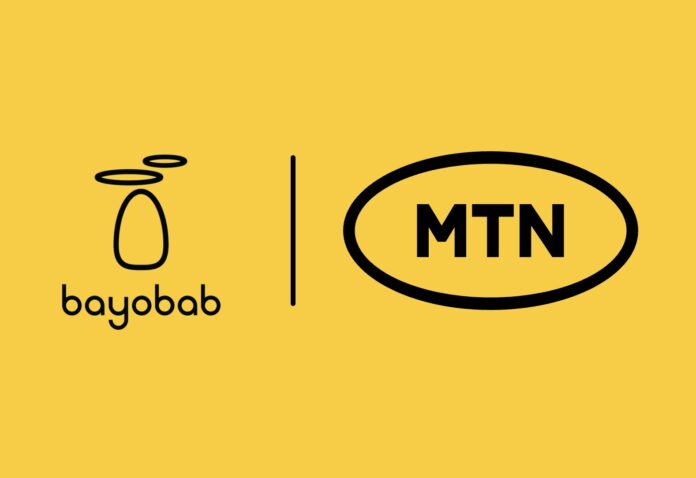
MTN Group’s connectivity arm, Bayobab Group said as of March 19, 2024 it had successfully restored its operations after recovering over 3 Terabits per second (Tbps) of capacity across all of its footprints, including Ghana.
A statement from the company said although the 14 March subsea cable disruption presented challenges, “we have demonstrated our capabilities to maintain a resilient network and efficiently reroute traffic.”
It said, throughout this challenging period, they prioritised the restoration of services by swiftly activating new cables to increase inter-connectivity and establish alternative routes, thereby bolstering their network resilience.
This approach, they said, solidifies their commitment to prioritising network reliability, and their dedication to connecting Africa and their customers as quickly as possible marking the final stretch toward connecting all valued customers.
Bayobab said its ecosystem facilitates secure and scalable global traffic within Africa and the rest of the world serving 19 MTN markets, third-party Mobile Network Operators, Technology corporations and other Telecoms Service Providers.
Indeed, in Ghana MTN was one of two telcos whose customers had to go for days without reliable internet connectivity following the undersea cable disruption.
The protracted nature of the challenge on MTN and Telecel was blamed largely on their failure to have long secured backup capacity on cables and satellite infrastructure outside of the four that got damaged – WACS, ACE, SAT-3 and MainOne.
The critics held that MTN and Telecel banked their hopes on only cables coming from one direction – the West, while AT Ghana had some redundant capacity on a cable coming from the East – WIOCC – long before the unexpected outage occurred.
Ghana’s Minister of Communications, Ursula Owusu-Ekuful openly urged MTN and Telecel to follow AT Ghana’s example and secure capacity on cables from different directions other than the West, and also have some satellite backup.
Techfocus24 gathered that, the affected telcos have now secured capacity on undersea cables from the East and on some terrestrial infrastructure from various directions to help restore services. Telecel, as of March 19, 2024 also reported having secured 100% capacity and was in the process of rolling it out to restore service.










